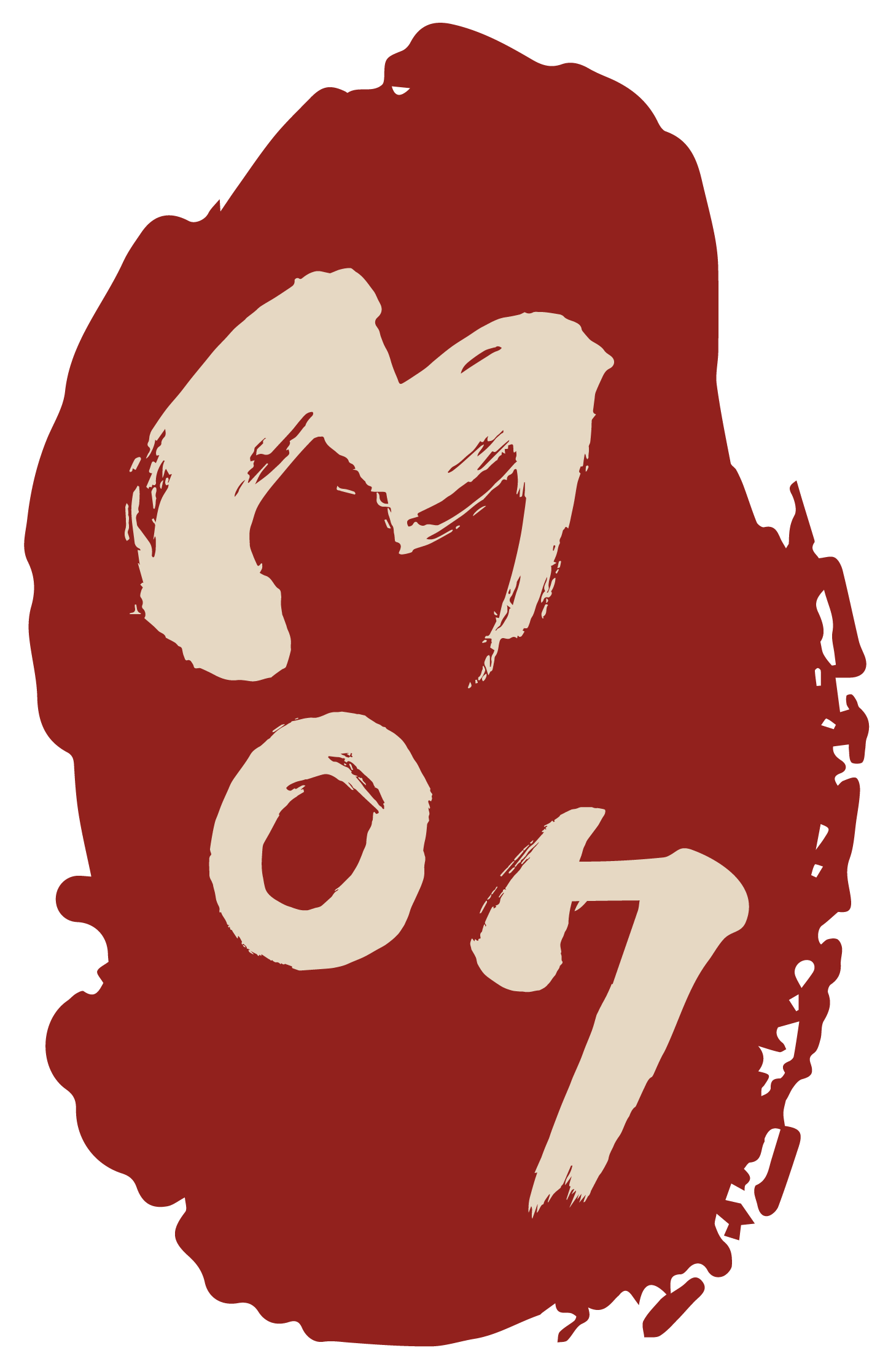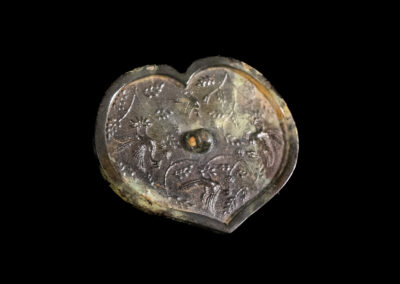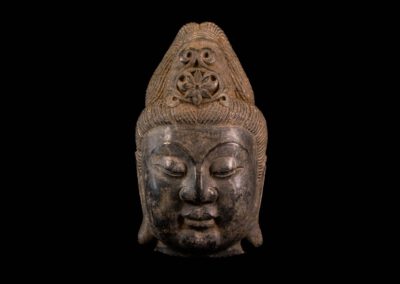EXPLORE & DISCOVER
Tang Collection
Notes on the Tang Dynasty (618 – 907 AD)
After enormous construction projects (so the Great Wall and the construction of the large canal as a connection between the North and the South of China) and military campaigns had shaken the Sui-Dynasty (581 – 618 AD), 618 a victorious general founded the Tang Dynasty. This was characterized by creative rulers, growing international trade by expansion of Silk- and Maritime Roads and the construction of two capitals on historical places: Chang’an (Xi’an) and Luoyang. Chang’an became the most populous city in the world at that time, and it was a cosmopolitan city. In this early days of tolerance the Buddhism experienced great growth. (In the late Tang Dynasty foreign religions were forbidden.) Foreign features became very popular: music, fashion for dresses and hairstyle, sitting on chairs and stools instead of mats, and last but not least there was an enrichment in all areas of arts and crafts. [1]
Ceramics were given high priority. The development of new forms and methods of ceramic production took place in three periods: The first produced since 618 AD until to the reign of Emperor Zhongzong 684 AD were jugs of different style. Sometimes they were with handles, flat bottoms and stilyzed drake-heads. Phoenix-heads were reminiscents of Sassanid water jugs. In a similar way pilgrim’s bottles were sinizised by Chinese potters. Certainly, there were Sassanid influences to the Chinese culture on various fields.
From an artistic point of view, the second period (684 – 779 AD), was the most brilliant of the Tang Dynasty. Here appeared the preference for luxury at the imperial court. The objects created were sancai-ceramics, numerous figures of dancers, musicians, warriors or foreign people etc. The shapes of the vessels changed by using concave elements or handles, or producing even pumpkin-shaped containers.
The third period is considered from the reign of the Emperor Daizong until to the end of Tang Dynasty (763 – 907 AD). Sancai-ceramics went out of fashion. In this period the distinctive colours yellow, white, black and seladon glazes were favoured. [2]
Until today the hoard-find of Hejiacun (Shaanxi Province) is considered the most representative regarded its variety of everyday objects on precious metal which were influenced from the excellent techniques of Sassanidan craftsmen. The production of bronze mirrors experienced a new heyday. In painting the Buddhist paradises enjoyed particular popularity. In terms of concept they are a reflection of Tang-period court life. [3] (HV)














